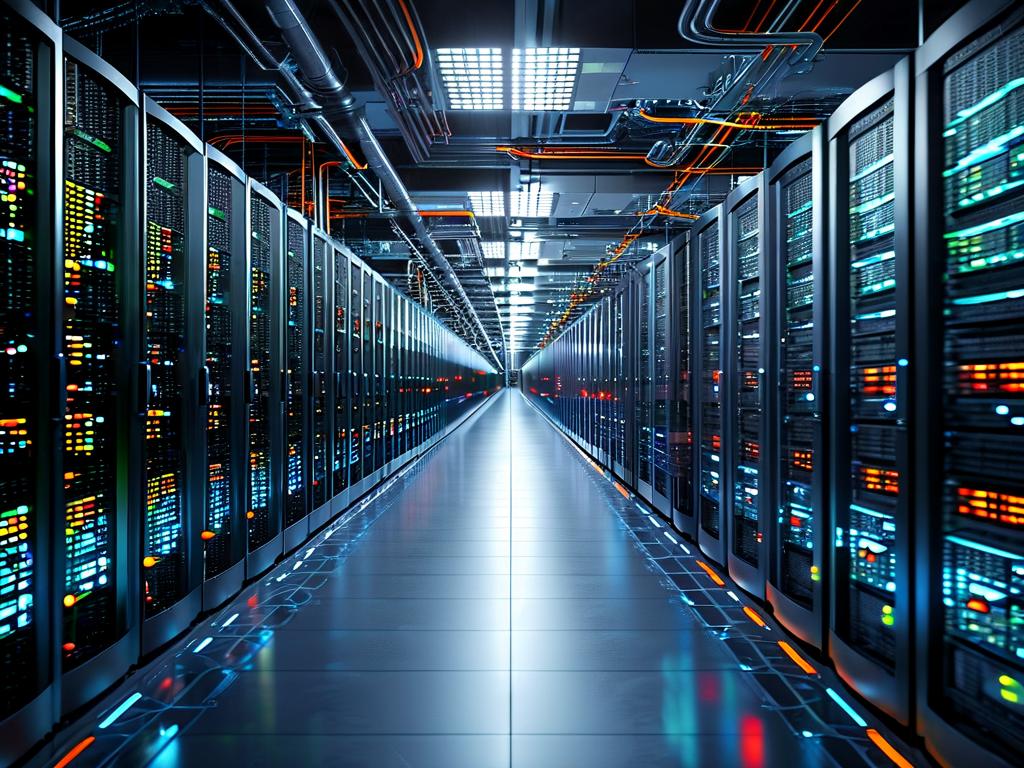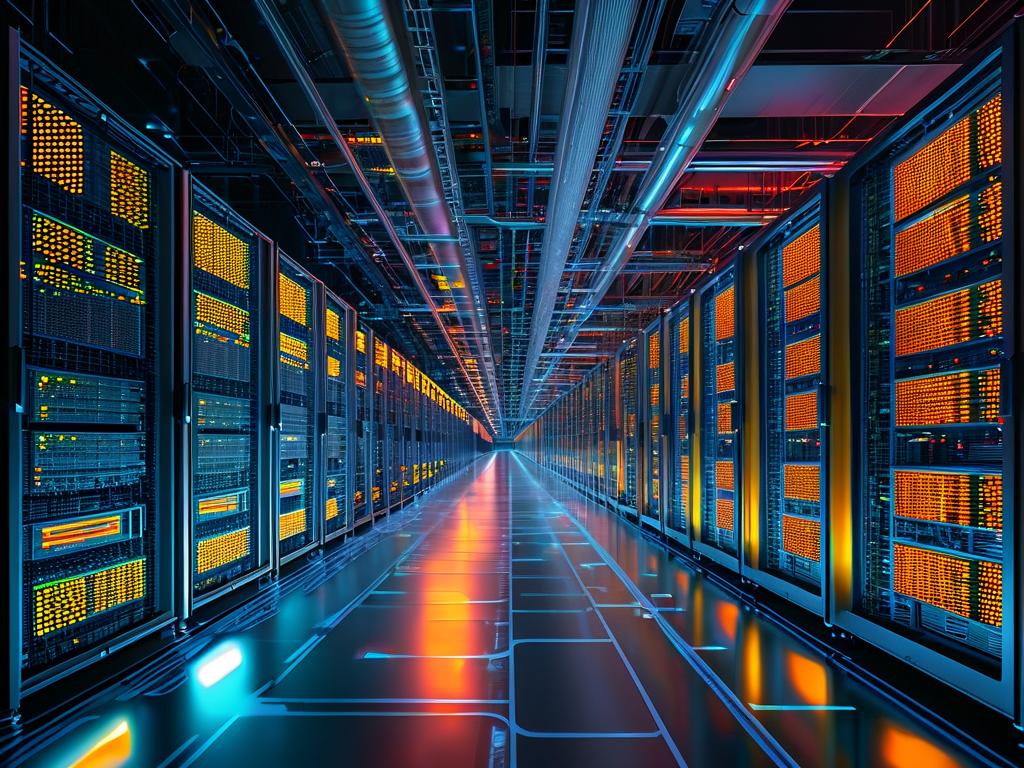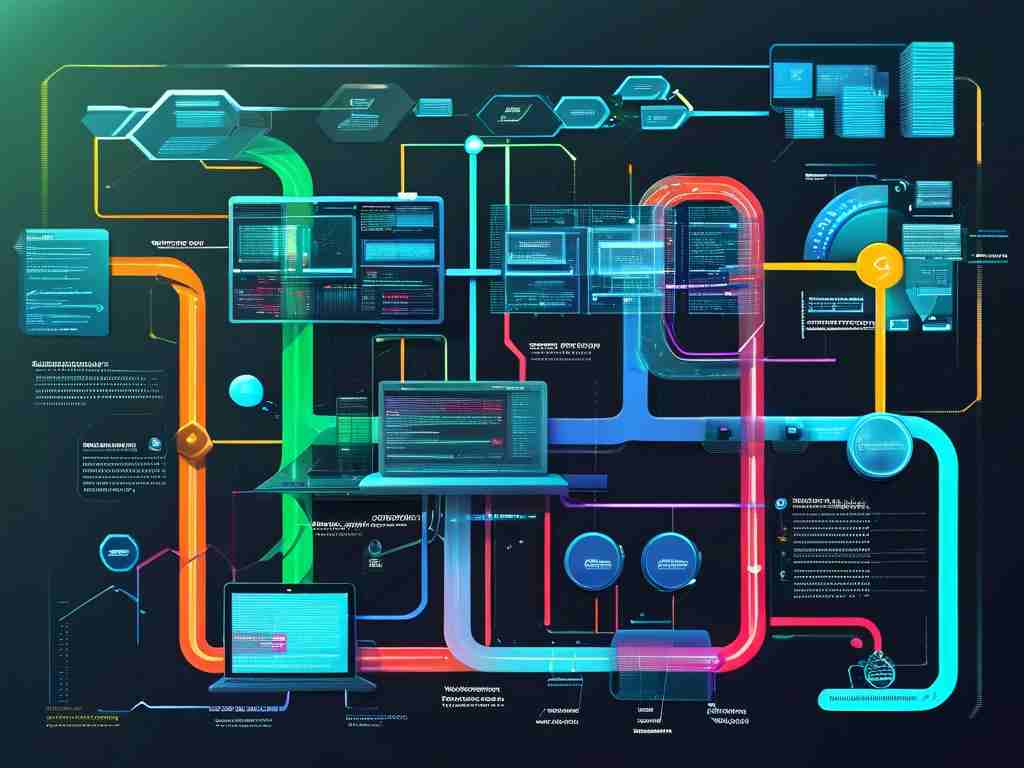Load balancing is a critical component of modern network architecture, ensuring efficient resource utilization, high availability, and seamless user experiences. As digital infrastructure grows increasingly complex, the technologies underpinning load balancing have evolved significantly. This article explores the primary types of load balancing technologies in use today, their mechanisms, and their applications across industries.

1. Hardware-Based Load Balancers
Traditional hardware load balancers are physical devices dedicated to distributing traffic across servers. Examples include solutions from vendors like F5 Networks (BIG-IP) and Citrix (ADC). These devices operate at Layers 4 (transport layer) and 7 (application layer) of the OSI model, offering features like SSL termination, caching, and advanced traffic routing. While highly reliable, hardware load balancers are expensive and lack the flexibility of software-based alternatives, making them less popular in cloud-native environments.
2. Software-Based Load Balancers
Software load balancers run on standard servers or virtual machines, providing cost-effective and scalable solutions. Notable examples include:
- NGINX: A Layer 7 load balancer known for its high performance in handling HTTP/HTTPS traffic.
- HAProxy: A versatile open-source tool supporting both Layer 4 and Layer 7 load balancing.
- Envoy: A modern proxy designed for microservices architectures, offering dynamic configuration and observability.
These tools integrate seamlessly with DevOps workflows and are widely adopted in cloud and containerized environments.
3. DNS Load Balancing
DNS-based load balancing distributes traffic by resolving domain names to multiple IP addresses. While simple to implement, it lacks granular control over traffic distribution and cannot detect server health in real time. Techniques like round-robin DNS and geolocation-based routing fall under this category.
4. Cloud-Native Load Balancing
Cloud providers offer managed load balancing services tailored to their platforms:
- AWS Elastic Load Balancing (ELB): Supports Application Load Balancer (ALB), Network Load Balancer (NLB), and Gateway Load Balancer.
- Google Cloud Load Balancing: Provides global and regional balancing with integration into Google’s network backbone.
- Azure Load Balancer: Offers Layer 4 distribution and seamless integration with Azure services.
These services auto-scale, include built-in security features, and support hybrid cloud deployments.
5. Global Server Load Balancing (GSLB)
GSLB extends load balancing across geographically dispersed data centers. It optimizes latency by directing users to the nearest available server and ensures disaster recovery through failover mechanisms. Solutions like F5’s GTM and cloud-based offerings (e.g., AWS Route 53) enable multinational organizations to maintain performance and redundancy.
6. Application Layer (Layer 7) Load Balancing
Layer 7 load balancers make routing decisions based on HTTP headers, URLs, or cookies. This allows context-aware distribution, such as routing mobile traffic to specific servers or prioritizing API requests. Advanced features include content compression, authentication, and A/B testing support.

7. Network Layer (Layer 4) Load Balancing
Operating at the transport layer, these balancers distribute traffic based on IP addresses and TCP/UDP ports. They are faster than Layer 7 solutions but lack application-level visibility. Use cases include gaming servers and VoIP systems where low latency is critical.
8. Load Balancing in Microservices
In Kubernetes and service mesh architectures, load balancing is decentralized. Tools like Istio and Linkerd implement sidecar proxies to manage traffic between microservices, enabling features like circuit breaking and canary deployments.
9. AI-Driven Load Balancing
Emerging technologies leverage machine learning to predict traffic patterns and optimize resource allocation dynamically. For example, AI algorithms can auto-adjust server weights or reroute traffic during DDoS attacks, minimizing downtime.
Challenges and Future Trends
Despite advancements, challenges persist:
- Scalability vs. Complexity: Over-automation can lead to unpredictable behavior.
- Security Risks: Load balancers are prime targets for attacks, necessitating robust encryption and zero-trust policies.
Future trends include edge computing integration, 5G-optimized balancing, and quantum-resistant security protocols.
Modern load balancing technologies span hardware, software, and cloud-native solutions, each addressing specific needs. As applications grow more distributed, the demand for intelligent, adaptive load balancing will continue to rise. Organizations must evaluate factors like cost, scalability, and ecosystem compatibility to choose the right strategy for their infrastructure.









